The iPhone XS & XS Max Review: Unveiling the Silicon Secrets
by Andrei Frumusanu on October 5, 2018 8:00 AM EST- Posted in
- Mobile
- Apple
- Smartphones
- iPhone XS
- iPhone XS Max
Camera - Daylight - More HDR & Portrait
I wanted to have a second page of daylight photos because I wanted to spend a bit more time and have a tad more varied scenes for to test Apple’s SmartHDR – please enjoy.
[ iPhone XS ] - [ iPhone X ] - [ iPhone 7 ] - [ iPhone 6S ]
[ Galaxy Note9 ] - [ Galaxy S9+ ] - [ Galaxy S8 ]
[ LG G7 ] - [ LG G6 ] - [ LG V30 ] - [ OnePlus 6 ]
[ Mi MIX2S ] - [ Pixel 2XL ] - [ P20 Pro ]
This tunnel was a fun little test – the other end was sunlit while obviously quite dark from my side. I thought this would be a good little visual representation of the raw dynamic ranges that the phones would be able to capture.
Indeed, the iPhone XS is able to go a lot further into the end of the tunnel than the iPhone X, or for that matter, most other phones. This is an extreme show-case of Apple’s new HDR processing and how it’s able to play with bright highlights in scenes.
[ iPhone XS ] - [ iPhone X ] - [ iPhone 7 ] - [ iPhone 6S ]
[ Galaxy Note9 ] - [ Galaxy S9+ ] - [ Galaxy S8 ]
[ LG G7 ] - [ LG G6 ] - [ LG V30 ] - [ OnePlus 6 ]
[ Mi MIX2S ] - [ Pixel 2XL ] - [ P20 Pro ]
One scenario that Apple showcased during the keynote was a shot directly facing the sun. I’ve had users in previous reviews bombard me with comments as to that’s not how you should take a photo. To them I say: that’s an outdated notion of photography.
As computational photography becomes an ever increasingly common theme in devices, we’ll see more and more scenes like this one where shooting against the sun should be no issue at all.
The iPhone XS dramatically improves the shadow detail, and is able to notably reduce the sun’s halo in this shot, but I do think Apple might have overpromised a bit on the notion of computational photography. The best counter-example of this is to just switch over to what the Huawei P20 Pro was able to achieve in its 10MP AI mode, by far surpassing all other phones in the captured dynamic range of the scene. This facet of smartphone photography really opens up a new area of competition, and hopefully we’ll be seeing some exciting things in the future.
[ iPhone XS ] - [ iPhone X ] - [ iPhone 7 ] - [ iPhone 6S ]
[ Galaxy Note9 ] - [ Galaxy S9+ ] - [ Galaxy S8 ]
[ LG G7 ] - [ LG G6 ] - [ LG V30 ] - [ OnePlus 6 ]
[ Mi MIX2S ] - [ Pixel 2XL ] - [ P20 Pro ]
This shot follows the same themes we saw on the previous page, the iPhone XS handles the shadows a lot better and gives a lot more details over the iPhone X.
Samsung again opts for a much brighter picture, but I do think it comes at some cost of detail. Again I think the OnePlus 6’s HDR processing is an excellent middle-ground that would please most people, although Apple has a tad more natural look going for them.
[ iPhone XS ] - [ iPhone X ] - [ iPhone 7 ] - [ iPhone 6S ]
[ Galaxy Note9 ] - [ Galaxy S9+ ] - [ Galaxy S8 ]
[ LG G7 ] - [ LG G6 ] - [ LG V30 ] - [ OnePlus 6 ]
[ Mi MIX2S ] - [ Pixel 2XL ] - [ P20 Pro ]
In less direct sunlit environments, the difference between the iPhone X and XS might not be directly visible the thumbnails, however opening up the full resolution image showcases the XS’s significant increase of detail and textures throughout the whole scene. The larger pixels of the XS sensor along with the deeper DTI (deep trench isolation) results in significantly increased spatial resolution – even though the sensor has the same amount of pixels and even has a wider field of view, resulting in less pixels per given object.
Again Samsung tends for a brighter exposure that I think is a bit too much – detail slightly trails the XS. OnePlus bridges the two vendors in terms of exposure and detail.
[ iPhone XS ] - [ iPhone X ] - [ iPhone 7 ] - [ iPhone 6S ]
[ Galaxy Note9 ] - [ Galaxy S9+ ] - [ Galaxy S8 ]
[ LG G7 ] - [ LG G6 ] - [ LG V30 ] - [ OnePlus 6 ]
[ Mi MIX2S ] - [ Pixel 2XL ] - [ P20 Pro ]
This scene was mostly in the tree shadows, sun sunlit spots coming through the gaps. By now we should understand where the XS’ strengths are: brighter and more defined shadow details.
I think Apple nailed this shot and it has the best balance of exposure as well as the best detail retention. The OP6 closely followed in terms of exposure, but lost in terms of details. Samsung here just overdid it with exposure and just flattens the scene too much.
[ iPhone XS ] - [ iPhone X ] - [ iPhone 7 ] - [ iPhone 6S ]
[ Galaxy Note9 ] - [ Galaxy S9+ ] - [ Galaxy S8 ]
[ LG G7 ] - [ LG G6 ] - [ LG V30 ] - [ OnePlus 6 ]
[ Mi MIX2S ] - [ Pixel 2XL ] - [ P20 Pro ]
Finally the last shot, is again a good showcase of HDR of the different phones. The iPhone XS continues to perform very well here, showing the improvements we’ve seen in previous scenes. Again Samsung is brighter, but slightly loses out on details.
Portrait Mode
[ iPhone XS ] - [ iPhone X ]
[ Galaxy Note9 ] - [ LG G7 ]
[ OnePlus 6 ] - [ Mi MIX2S ] - [ Pixel 2XL ]
[ P20 Pro ]
Portrait mode is something that’s been quite the rage nowadays, and the iPhone XS promises to take advantage of its new inferencing engine power to create much better separation maps between the foreground subject and the background, to which the computational bokeh effect is applied.
Shooting in portrait mode on most phones means that the actual shot will be taken with the telephoto module, while the wide main camera is also doing work by serving as the depth sensor. Single-module phones such as the Pixel 2 rely solely on the computational power to discern between the subject and the background.
The results on the iPhone XS showcase a significant improvement in the image quality of portrait mode. First of all, the exposure and colour balance of the shot is just significantly better, something that’s universally valid for telephoto shots on the new XS.
The actual bokeh effect on the XS looks to be applied a lot more graduated, and while it’s still possible to see the edge of the pattern in some cases, it’s significantly improved.
This gradual application is what makes the iPhone’s portrait mode stand out to other phones. Only Huawei and Samsung somewhat manage to go a decent job, while all other phones look quite rubbish to be honest, with visible zigzag patterns around the subject.
Daylight Conclusion
Overall in daylight, the iPhone XS is easily a top-tier performer. One thing that I didn’t bring up throughout is picture capture consistency, and here the iPhone XS just shines. Every time you take a picture, you can be assured you will get a good shot – and there’s little to no difference in consecutive shots.
Apple’s new SmartHDR is a definite win, and allows for much more detail in the shadows, all while retaining good highlights in the scenes. The new sensor module is definitely showing its strengths even in daylight, as every shot that wasn’t in direct sunlight was able to showcase much improvements in terms of details as well as textures. I attribute this to the new sensor’s much improved DTI – something which results in the iPhone XS gaining quite a bit more resolved spatial resolution, even though the megapixel count is the same.
The new slightly wider viewing angle on the main camera is something that I enjoyed, and I hope Apple continues on in this regard. My iPhone X seems to suffer from lens defects in the left part of the scenes – the iPhone XS showcases no such chromatic aberrations and is sharp until the edge of the frame.
The biggest improvement seems to be on the telephoto lens. While on the iPhone X and before, the telephoto lens could result in quite different colours and exposures. On the iPhone XS the new module seems to be perfectly in balance with the main camera, so that there’s just very little difference in the picture between the two.
While sometimes I do prefer OnePlus 6’s HDR, the XS is more consistent in terms of detail throughout the scenes. Samsung’s Note9 and S9 also sometimes can get a better shot, however they have too much of a tendency to overexpose. I think overall, the iPhone XS takes the lead in terms of smartphone photography in daylight just because of its consistent shooting experience.


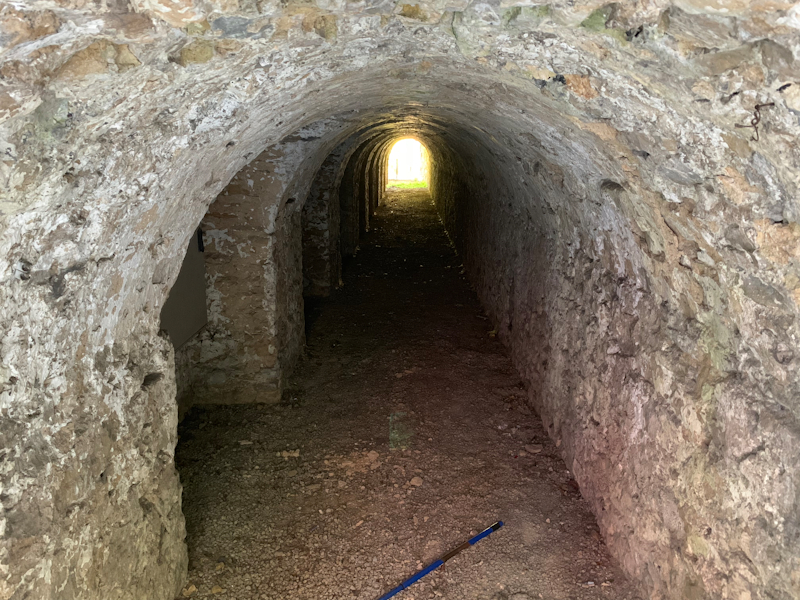
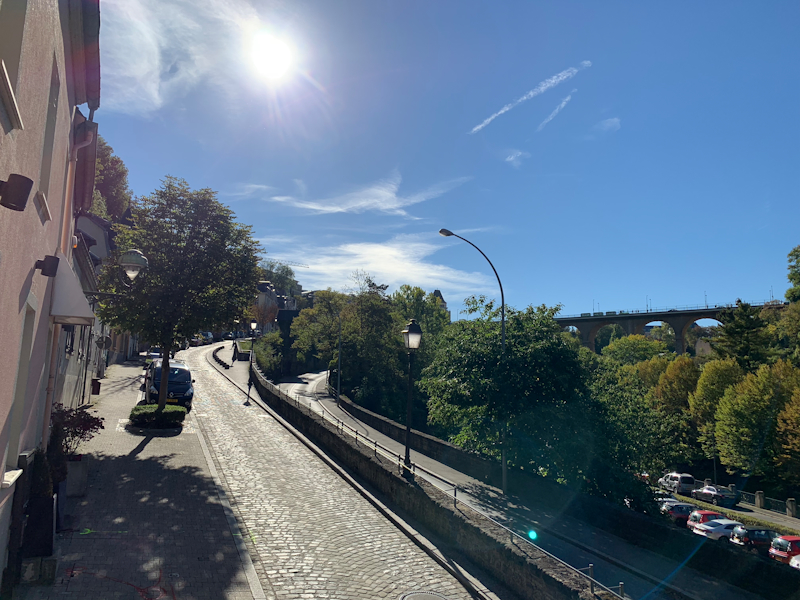
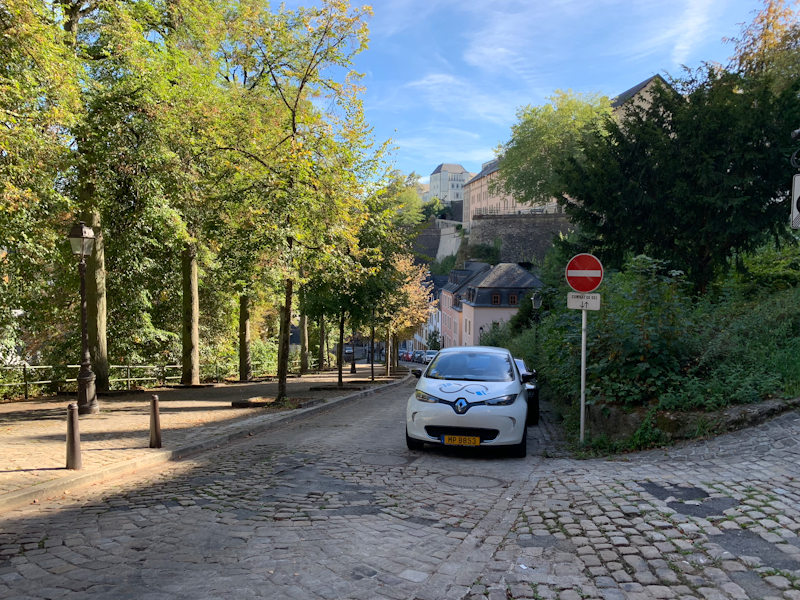
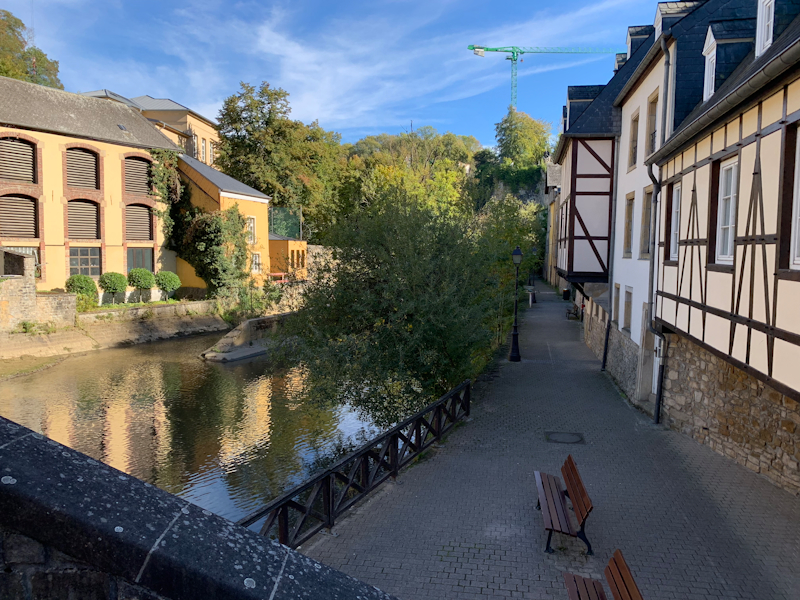
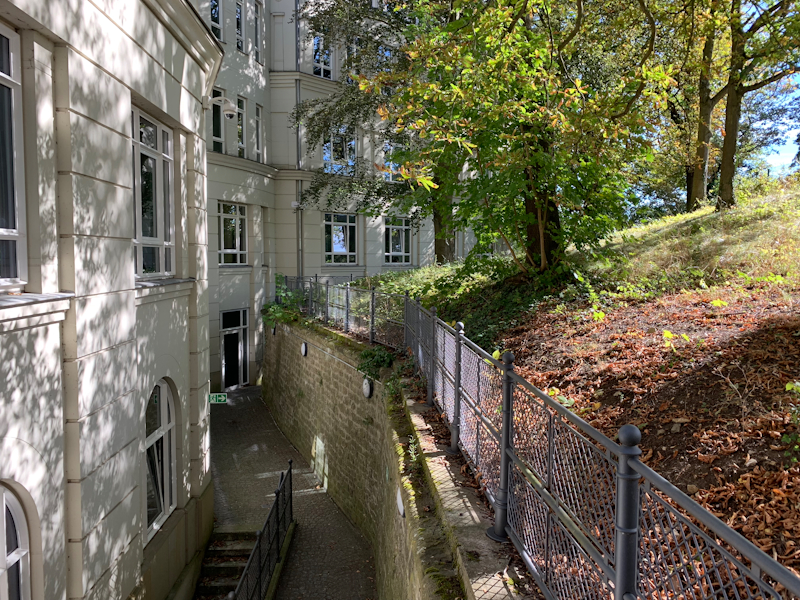
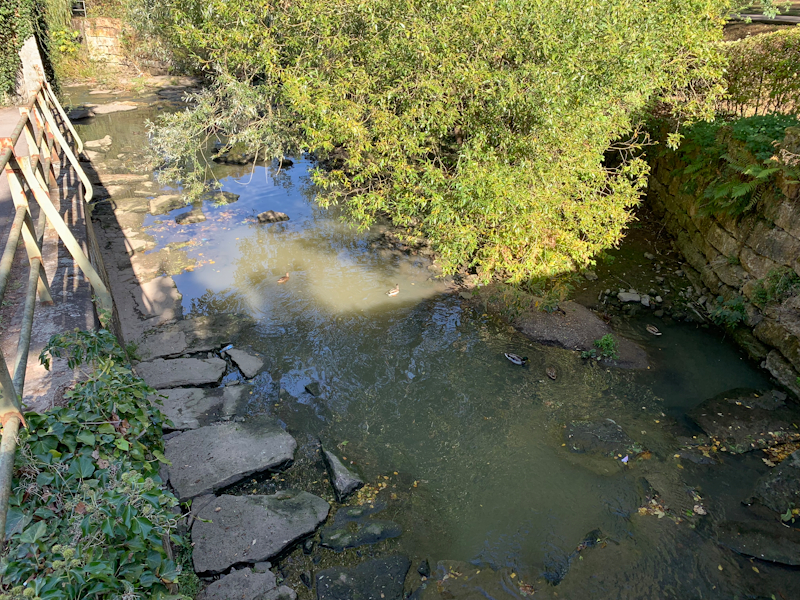









253 Comments
View All Comments
Constructor - Monday, October 8, 2018 - link
Sure you can – just go to airplane mode and re-enable WiFi.s.yu - Monday, October 8, 2018 - link
In the third and fifth low light sample I think it's pretty clear that the XS beat the P20P, again P20P's retention of texture is horrible and only in extreme low light (second and last sample) and scenes with many man-made objects which lack obvious texture (third sample) does its excessive sharpening and NR have a advantage. The first sample is a surprise, there either the scene is actually darker than I'm lead to believe or there's something else I've not taken into account.daiquiri - Monday, October 8, 2018 - link
Isn't this a too bold affirmation that A12 is on par with current desktop CPUs? So why didn't we stack them in order to have 5x the processing power of a common laptop/workstation for 1/2 of the power? What am I missing here? Because this doesn't make much sense to me.If I have 2 or 3 of these SoC chips and photoshop running on them will I have my filters running faster? Chrome loading webpages faster? Creating zip archives or converting flac files 3x times faster than an Intel I7?
resiroth - Monday, October 8, 2018 - link
There is widespread speculation (and at this point, it is considered more likely than not) that apple will transition to their own chips exclusively for their Mac products in the near future (within 2 years).What exactly doesn’t make sense to you?
Ps: will be very interesting to see results of new iPad Pro this year too.
daiquiri - Monday, October 8, 2018 - link
What is strange to me is why aren't we already stacking this SoCs. I suppose I can fit 6 or 8 of these processors on the same die size. This means I would have a lot faster PC for less power? It they are that great why aren't on desktops already?Does this mean if I manage to install Windows 10 ARM edition on my PC photoshop will run faster and Chrome will load pages two or three times faster since I have 8 of these SoCs on my desktop pc?
Constructor - Wednesday, October 10, 2018 - link
Because just increasing the core count is not quite enough.As I have explained above, a platform transition is a massive undertaking which among many other things needs actually superior performance to afford the initially still necessary legacy code emulation.
This will almost certainly start at a WWDC (next year or the year after that, most likely) with an announcement about not just coming hardware but also about those new mechanisms in macOS itself, and actual Axx-powered Macs may take months after that to emerge while developers start porting their code to the new platform.
It's not as if this was the first time for Apple – they've done it twice already!
varase - Tuesday, October 23, 2018 - link
Yeah, but they always went to a *much* faster CPU to do the emulation.Constructor - Wednesday, October 24, 2018 - link
Even just the iPhone cores right now are already at about a desktop i5 level according to GeekBench.There should be quite some room for upscaling with more power and better cooling.
tipoo - Wednesday, October 24, 2018 - link
These cores are 30% larger than Intels, let that sink in.I'm sure 8 of them would perform marvellously, for the cost. And it may be coming.
Zoolook - Tuesday, October 9, 2018 - link
I just pulled an old test of a i3-6320, a 3 year old dual-core, and the A12 does good on some of the tests, but in many tests it's quite a bit behind, so it's not ready for server-duty yet.I know that the i3 has higher frequencies but it's also only two cores, compared to 2+4.
There is no question that the big cores are very efficient, but they are optimized for their current job.
If Apple would build a 6- or 8-core processor based on their large cores and throw away most of the other SoC and add other parts (stronger SIMD etc), yes then we might have a good desktop/serverchip, but the A12 is not that chip.
Also remember that we are comparing 14nm Intel chips with the newest "7nm" process, if Intel ever gets their 10nm process up and running for real, then we could do a better comparison.